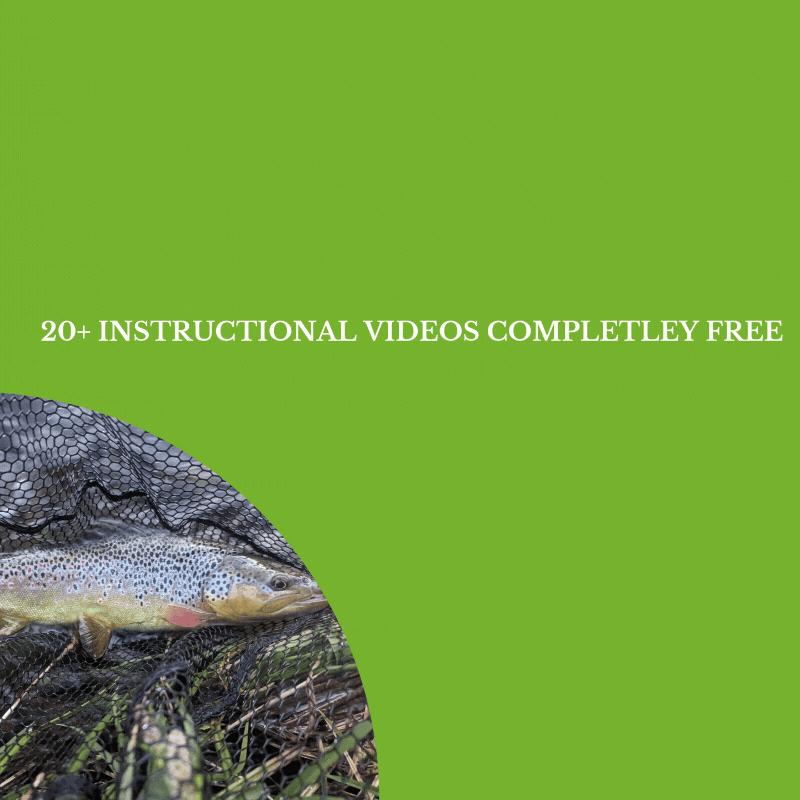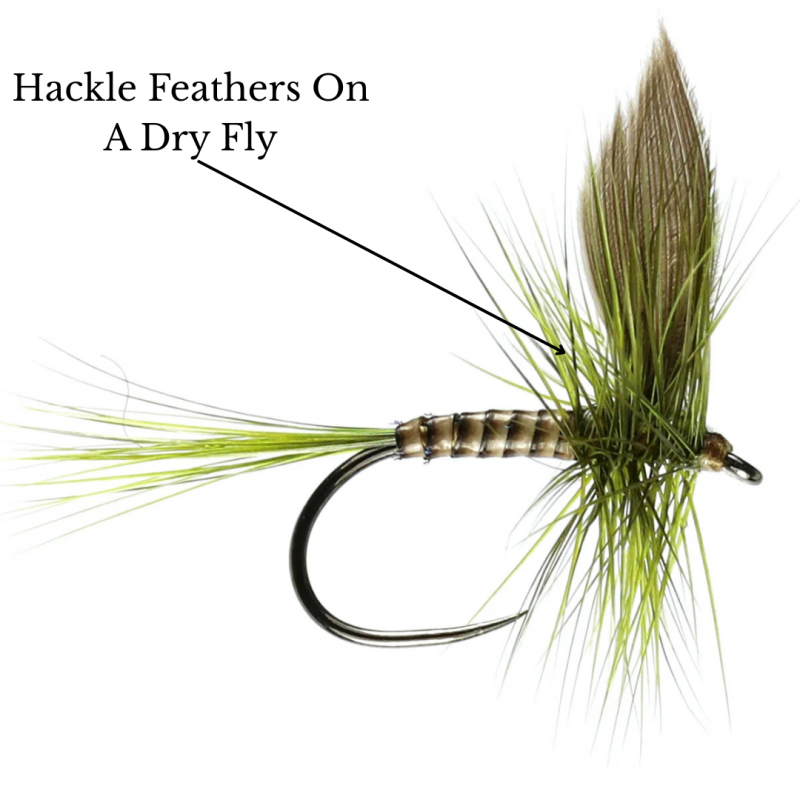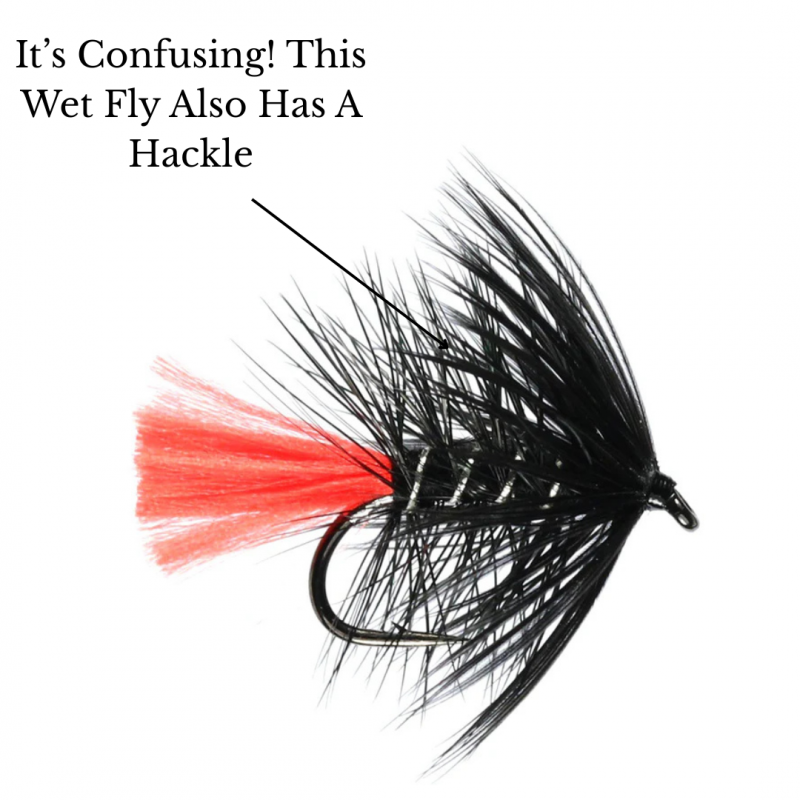

One of the most common questions I get asked—both in-store and online—is:
“How do you tell the difference between a wet fly and a dry fly?”
This question often comes up when someone has inherited a large fly box from a relative or bought a big mixed selection from a well-known auction site. The truth is, there’s no single hard and fast rule, but there are some general pointers that will help you make sense of that mystery collection.
✔ Dry Flies – The Basics
Dry flies are designed to float on the surface, imitating insects like olives, sedges, or terrestrials that sit on top of the water.
What is a Hackle?
A hackle is a feather wound around the hook near the head of the fly. It helps the fly sit on the water by spreading fibres out, creating buoyancy. On dry flies, the hackle is usually stiff, so it doesn’t soak up water quickly.
But here’s the challenge: some wet flies also have hackles, often softer ones to create movement underwater. So just seeing a hackle isn’t always a guarantee that you’ve got a dry fly.
✔ Why It’s Not Always Obvious
Modern synthetic materials make things even harder. Some flies mix buoyant materials with sinking features, so looks can be deceiving. There’s no single feature that always tells you whether a fly is wet or dry—you need to look at the overall design and materials.
✔ What About Nymphs?
Nymphs are generally easier to spot:
- They are slim-bodied, imitating aquatic larvae.
- They often have weighted beads at the head or lead wire under the body—a dead giveaway that the fly is designed to sink.
If you see a shiny tungsten bead, it’s almost certainly a nymph meant to fish below the surface.
✔ Feeling Overwhelmed? Start Simple
If you’ve inherited a huge fly box, here’s my advice: put it to one side for now. Trying to learn every pattern in there will only confuse you.
Instead:
- Start with 3 floating flies (dry flies) and 3 sinking flies (nymphs).
- Buy or tie them yourself so you know exactly what they are.
Then, learn everything about those six patterns:
- What insect does each imitate?
- When does it work best (season, weather, water conditions)?
- How should you fish it?
If you really master these six flies, identifying new patterns will become second nature. You’ll know at a glance whether a hackled fly is meant to sit high and dry—or sink deep into the current.


✔ 6 Great Patterns to Start Your Collection
Dry Flies (Floating)
- Griffith’s Gnat – Brilliant for tiny midge hatches or as a general searching pattern.
- Elk Hair Caddis – Perfect for fast water and summer evenings.
- Adams – The ultimate all-rounder for many upwing hatches.
Nymphs (Sinking)
- Beaded Hare’s Ear – A buggy, versatile pattern that works anywhere.
- Tungsten Pheasant Tail Nymph – Slim, heavy, ideal for fast water and Euro setups.
- Sawyer’s Pheasant Tail – A classic nymph for delicate presentations.
Final Thoughts
Building confidence starts with keeping things simple. Learn six flies well, understand when and how to fish them, and your knowledge will grow naturally. Soon you’ll be able to identify almost any fly and use it effectively on the water.

